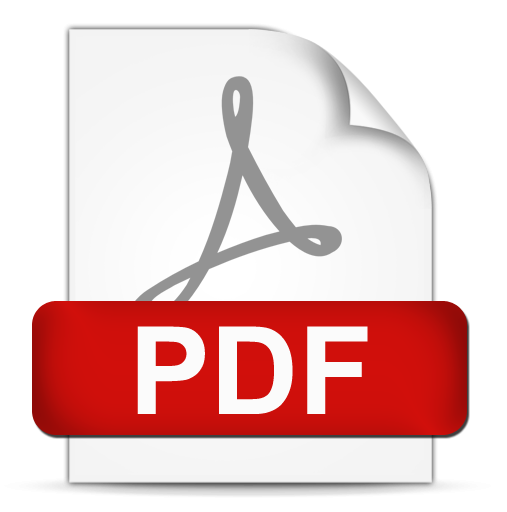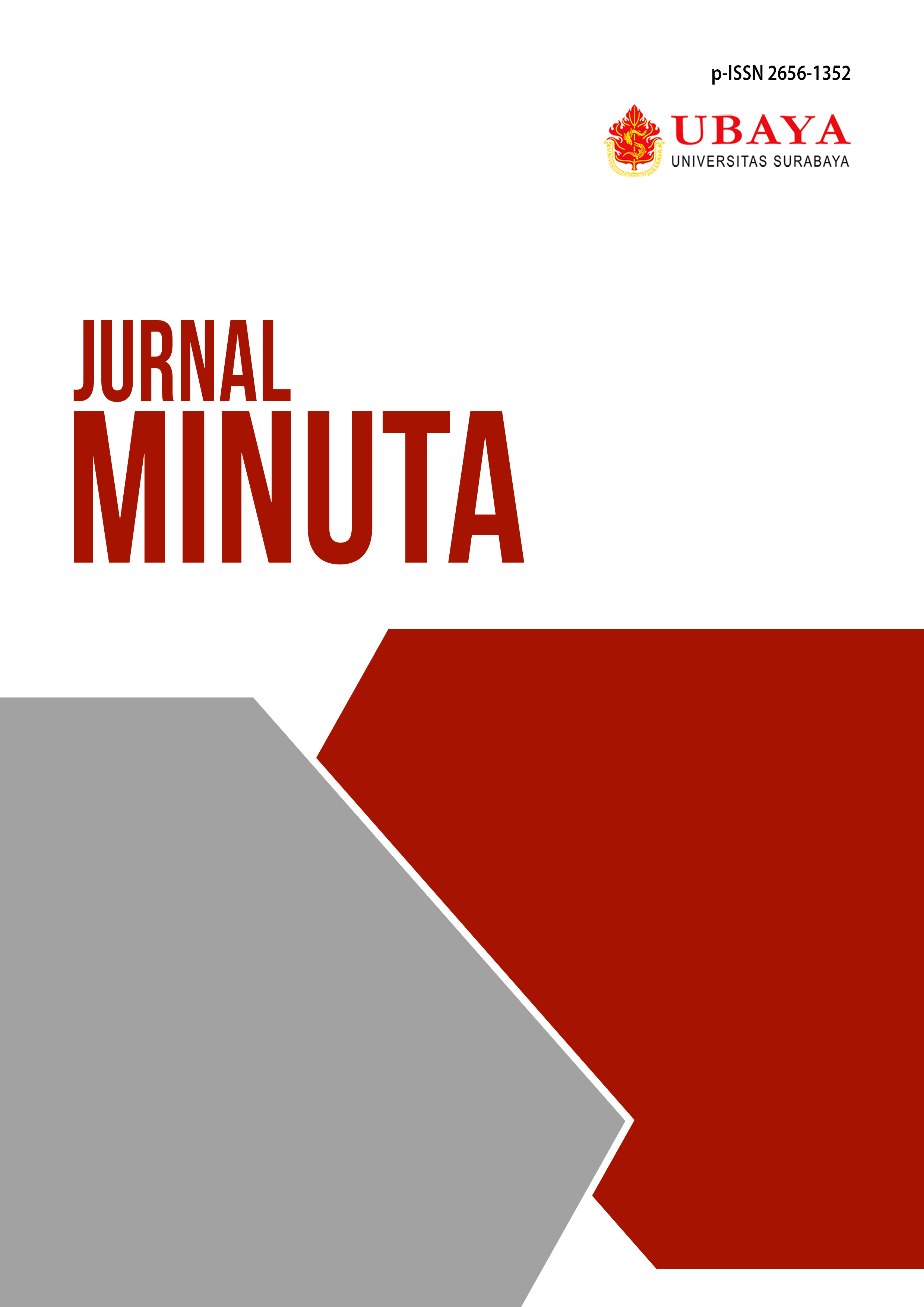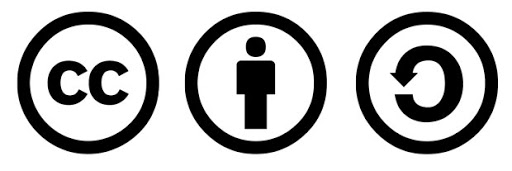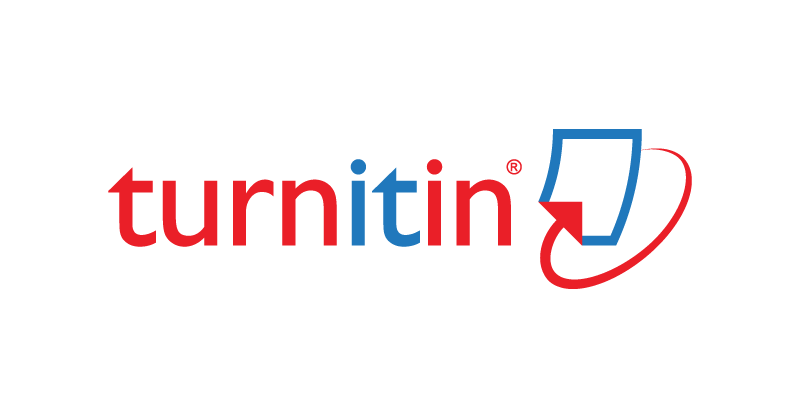Perbandingan Hukum Jaminan Fidusia Antara Indonesia dan Belanda Pasca Putusan Mahkamah Konstitusi Nomor 18/PUU-XVII/2019
 Abstract Views:
215 times
Abstract Views:
215 times
 PDF Downloads:
78 times
PDF Downloads:
78 times
Abstract
The Constititional Court Decision Number 18/PUU-XVII/2019 significantly changed the execution mechanism of fiduciary guarantess in Indonesia. Previously, creditors holding a Fiduciary Guarantee Certificate could directly execute the guarantee without a court ruling. Nevertheless, after the ruling, enforcement may proceed solely when the guaranteed asset is handed over willingly as a result of the debtor’s acceptance of their noncompliance. Otherwise, the creditor must seek court approval. This shift creates legal uncertainty and weakens the creditor’s legal standing. This paper addresses two main issues: (1) What are the impacts of the Constitutional Court Decision Number 18/PUU-XVII/2019 in conjuction with Decision Number 2/PUU-XIX/2021 on creditor protection in fiduciary guarantees ? And (2) How does the post-decision guarantee system in Indonesia compare to the Dutch legal system, particularly in terms of creditor protection and execution procedures? The study examnines how the Constitutional Court’s rulling affects vreditors’ right while also considering the Dutch non-possessory (silent pledge) as a potential reference for legal reform. Since 1992, the Netherlands has replaced fiduciary guarantees with the silent pledge, a system that ensures creditor priority without requiring court involvement and offers stronger legal certainty. This model may serve as a viable solution to improve the fairness and effectiveness of fiduciary guarantee enforcement in Indonesia.
Downloads

This work is licensed under a Creative Commons Attribution-ShareAlike 4.0 International License.
All articles published in MINUTA are licensed under a Creative Commons Attribution-ShareAlike 4.0 International (CC BY-SA) license. This means anyone is free to copy, transform, or redistribute articles for any lawful purpose in any medium, provided they give appropriate attribution to the original author(s) and MINUTA, link to the license, indicate if changes were made, and redistribute any derivative work under the same license.
Copyright on articles is retained by the respective author(s), without restrictions. A non-exclusive license is granted to MINUTA to publish the article and identify itself as its original publisher, along with the commercial right to include the article in a hardcopy issue for sale to libraries and individuals.
Although the conditions of the CC BY-SA license don't apply to authors (as the copyright holder of your article, you have no restrictions on your rights), by submitting to MINUTA, authors recognize the rights of readers, and must grant any third party the right to use their article to the extent provided by the license.

 DOI:
DOI:







